How Americans Learned to Love Coffee

A group of men drink coffee in Herrington, Kansas, in 1890. Buyenlarge/Getty Images
In the five-by-five-block neighborhood of Philadelphia where I live, there are at least six coffee shops. The average cost of a cup of black coffee across these cafés is currently $2.70. But with the recent back and forth of President Donald Trump’s tariffs, this price seems likely to increase. Coffee from Vietnam, which trails only Brazil in total production, will be subject to a 46 percent tariff. East African coffee, previously tariff-free, will still have the baseline 10 percent tariff charged. That cost will be compounded by the materials in the cups and machinery, much of which is manufactured outside of the United States.
The U.S. coffee habit, so reliant on foreign suppliers, may seem like the result of globalization. The rise of Starbucks maps onto this story, growing from 11 stores in 1987 to 38,000 worldwide last year, an undeniable symbol of U.S. commercial expansion. Within the United States, mentions of the word “latte”—possibly compounded in the form “latte-drinking liberals”—grew 15 times between 1990 and 2022. U.S. consumers now spend nearly $110 billion annually on coffee.
In the five-by-five-block neighborhood of Philadelphia where I live, there are at least six coffee shops. The average cost of a cup of black coffee across these cafés is currently $2.70. But with the recent back and forth of President Donald Trump’s tariffs, this price seems likely to increase. Coffee from Vietnam, which trails only Brazil in total production, will be subject to a 46 percent tariff. East African coffee, previously tariff-free, will still have the baseline 10 percent tariff charged. That cost will be compounded by the materials in the cups and machinery, much of which is manufactured outside of the United States.
The U.S. coffee habit, so reliant on foreign suppliers, may seem like the result of globalization. The rise of Starbucks maps onto this story, growing from 11 stores in 1987 to 38,000 worldwide last year, an undeniable symbol of U.S. commercial expansion. Within the United States, mentions of the word “latte”—possibly compounded in the form “latte-drinking liberals”—grew 15 times between 1990 and 2022. U.S. consumers now spend nearly $110 billion annually on coffee.
And yet, Coffee Nation, a new history of the beverage in the United States by Michelle Craig McDonald, shows not only that Americans have always been coffee drinkers, but that coffee drinking confounds tenets of individualism and economic autarky central to the mythology of American independence.
A 1798 depiction of Lloyd’s Coffee House in London, a meeting place for merchants and shipowners.Pictures From History/Universal Images Group via Getty Images
Coffee Nation’s focus on the importation of coffee, as well as its consumption and rituals, highlights McDonald’s argument that coffee is more than a commodity; it is an industry. Coffee was part of a complex intracolonial trading system in the British Empire. Pork and wheat were sent to the British Caribbean from the mid-Atlantic colonies, “along with wooden planks, boards, shingles,” and in return, the merchants brought back sugar, molasses, and coffee.
It turns out that the density of coffee establishments in my neighborhood is also not a new phenomenon; “at least a third—and often more than half—of the coffee imported into Britain’s mainland colonies each year came through Philadelphia by the early 1770s.” This was then distributed throughout the colonies, where coffeehouses proliferated in the mid-18th century. As Coffee Nation uses the drink to explore, the pre-revolutionary economy was already complex, driven by expanding consumption and by the success of merchants in participating in Atlantic trade.
Coffee Nation: How One Commodity Transformed the Early United States, Michelle Craig McDonald, University of Pennsylvania Press, 280 pp., $45, May 2025
Coffee was drunk by everyone at the time. It was not limited to the upper classes, or to the cities, despite their important economic role in importing and distributing coffee. John Hook’s store in Bedford County, Virginia, “was about as far as a traveler could get from the grand plantation homes of the Chesapeake,” but the clientele brought tobacco to sell or barter for coffee and other imported goods. Enslaved workers drank coffee purchased with credit earned from working extra hours. The North American colonists living under British rule “imported their coffee beans, they also imported most of their coffee pots, sugar bowls, cream pitchers, and spoons.” And while imported ceramics and silver-plated coffee pots were aspirational, redware was a cheaper, domestically made option from which all American colonists could drink their coffee.
Tariffs on non-British coffee offered protection for West Indian planters, restricting consumer choice and guaranteeing profits in the emerging industry. Coffee Nation traces the tariff-based dominance of the British West Indian coffee through the absence of advertisements. While other types of products were identified by their origin, coffee was just “coffee.” Consumers had no choice about origin, even though the French Caribbean and Dutch-controlled islands in the Caribbean and South Asia were producing coffee as well.
Yet the British colonies could not keep up with the demand for coffee in North America. Within the constrained, closed economy of the British trading empire, this increased demand would have caused prices to skyrocket until demand and supply were aligned. Coffee would only be the preserve of those who could afford it at the high prices that British producers were selling it for. But because there was a coffee-growing world outside of the British Empire, the actual result was what one merchant called “a Smuggler’s Harvest,” as American traders sought out supplies from across the Caribbean.
As relations with Britain broke down in the 1760s and 1770s, boycotting the tariffs meant forming “committees of compliance” that met in coffeehouses. Ironically, the Committee of Observation and Inspection, set up in 1774 by opponents of the Coercive Acts, enforced the ban on importing or consuming any goods from Britain, Ireland, and the British West Indies—including coffee. A local version of the committee that operated in Philadelphia’s densely populated District 4 met at William Bradford’s coffeehouse. John Adams advised Abigail Adams and her friends to “leave off their Attachment to Coffee”—but she did not. Smugglers provided some drinkers an (expensive) way around the boycott of British West Indian coffee.
When the boycotts were overtaken by the outbreak of war in 1775, coffee’s scarcity caused a rapid inflation in prices. Local committees of correspondence published price lists in an attempt to reign in profiteering. The New England intercolonial committee proposed price caps on “necessary” articles, which included coffee. But rather than sell at the lower prices, retailers just refused to sell them at all, creating even more scarcity. Overcharging the military was also a genuine problem for the war effort. Attempting to redirect coffee from civilian to military use, one quartermaster found it was selling for 20 times the rate set by Congress. The local authorities did dole out punishments for price gouging and hoarding, but for those the authorities missed, the crowd would take direct action, confiscating the goods for resale at “reasonable prices.”
People on both sides of the war complained about coffee. One loyalist commentator complained about coffee’s politicization, noting with distaste that “the ladies rise and mob for coffee.” On the other side, a pro-revolutionary newspaper commented that people who worried that “the fight for freedom and independence might fail” without access to coffee were setting “Liberty in competition with a dish of tea or coffee!”
Scarcity and inflation disappeared when the war moved south and the British troops evacuated the major port cities of Boston, New York, and especially Philadelphia. The Treaty of Amity and Commerce with France made imports from the French and Spanish Caribbean possible. Coffee quickly returned to pre-war prices as supplies shifted from the British West Indies to French Saint Domingue, Martinique, Guadeloupe, and Spanish Santo Domingo. These new trading partnerships freed the country to embrace its habit and imports of coffee grew from 2 million pounds before the Revolution to more than 40 million pounds a year by the end of the 18th century.
As Coffee Nation makes clear, the revolutionaries did not boycott for autarky’s sake. They boycotted British goods to inflict damage on Britain, not on themselves. And as soon as they could, they sought ways to build new trading relationships to restock the coffee and other global commodities that British boycotts had made scarce, and British tariffs had made expensive.
An advertisement circa 1880 promoting the Gold Medal Coffee brand shows a cowboy brewing coffee. Transcendental Graphics/Getty Images
The post-revolutionary free trade era was not all easy sailing, between the French privateers, British impressment of cargo and sailors, and the start of the French Revolution, which quickly spread to the coffee powerhouse, Saint Domingue (later Haiti). As in the pre-revolutionary era, smuggling and capturing prize ships helped U.S. merchants work around the warring French and British empires. Increasingly, however, the frustration with dependence on foreign suppliers generated abortive attempts at both domestic production (an ill-fated venture in Florida preceded the occupation of Hawaii); attempts to replace coffee with “rye coffee”; and, ultimately, what McDonald refers to as the “domestication” of coffee undertaken by American cookbook authors in the antebellum period and marketers after the Civil War, who both embraced American coffee drinking “divorced from its countries or colonies of origin.”
America’s coffee drinkers supported importing merchants, dockworkers, customs officials, shopkeepers, and inventors. McDonald makes clear that coffee was increasingly an American industry, even if the product was not American-grown. Between 1790 and 1865, the U.S. Patent Office approved at least 91 coffee-preparation-related inventions. The inability to completely onshore U.S. coffee production, even as the United States became one of the world’s top consumers of the beverage by the 1840s, allows McDonald to observe that “far from separating themselves from the Atlantic economy, U.S. coffee merchants actively and enthusiastically embraced trade networks that provided them with a commodity cultivated beyond their borders and on which their prosperity depended.” Rather than continuing to obsess over domestic production, Congress celebrated the innovation of the country’s merchants and inventors. In 1830, the tariff on coffee was cut in half; two years later, it was abolished. Coffee from Brazil flooded the U.S. market, and the beans went from 19 cents a pound in 1821 to only seven cents a pound by 1841.
Coffee Nation emphasizes the politics that go into U.S. consumer choices, and the ways that choices about something as commonplace as a daily visit to a local coffee shop can shape the country’s foreign relations. This important story of early trade history in the United States makes clear that “by any measure, the coffee industry was a financial success story, but…one that runs counter to the national narrative of autonomy. Distribution, not production, lay at the heart of North America’s coffee business.” In fact, the coffee industry allows us to see the long history of the United States as a globally interdependent nation.
Bronwen Everill is a historian who teaches in the Princeton Writing Program and a research affiliate of Stellenbosch University’s Laboratory for the Economics of Africa’s Past. Her most recent book is Africonomics: A History of Western Ignorance. X: @bronweneverill
More from Foreign Policy
-

A drawn illustration of a Trump whirlwind on a red background Four Explanatory Models for Trump’s Chaos
It’s clear that the second Trump administration is aiming for change—not inertia—in U.S. foreign policy.
-

Marco Rubio is seen up close, sitting on a couch beside J.D. Vance. Marco Rubio’s Soulless Crusade
The U.S. secretary of state stands for no principle other than serving the man who appointed him.
-

Soldiers from various NATO allies take part in a military exercise at the Smardan Training Area in Smardan, Romania, on Feb. 19. America Will Miss Europe’s Dependence When It’s Gone
European self-reliance for security will cost U.S. jobs, profits, and influence.
-

A collage photo illustration shows Donald Trump gesturing with arms wide. In front of him are headshots of Benjamin Netanyahu and Vlodymyr Zelensky, images of immigratns and ICE police, a tattered EU flag and America First signs. Trump’s First 100 Days on the Global Stage
Ten thinkers on what to make of the opening salvo of the president’s second term.

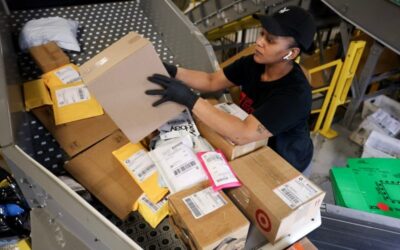





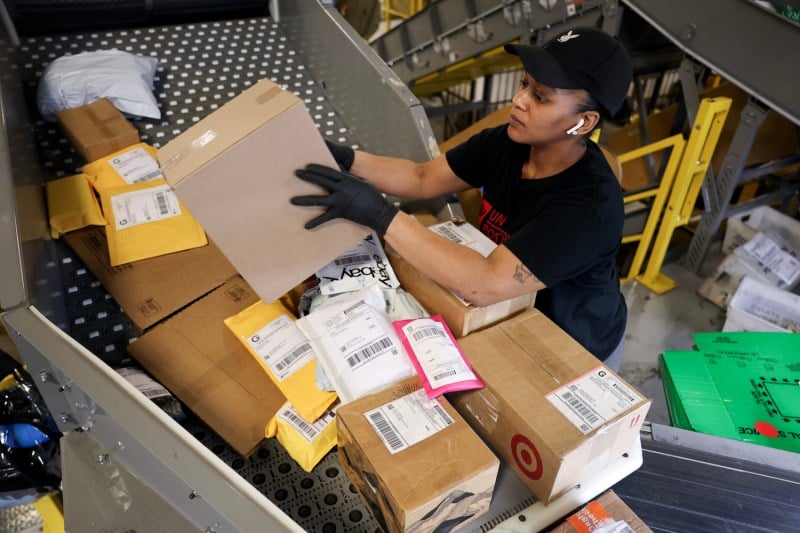
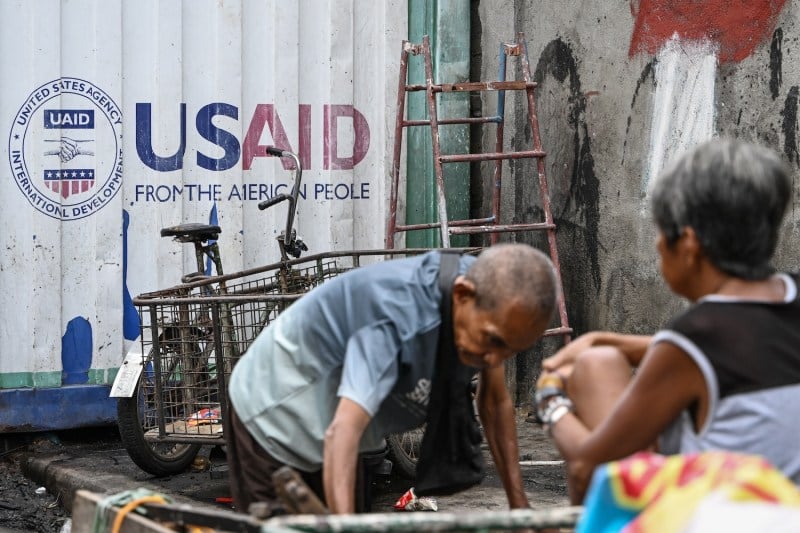
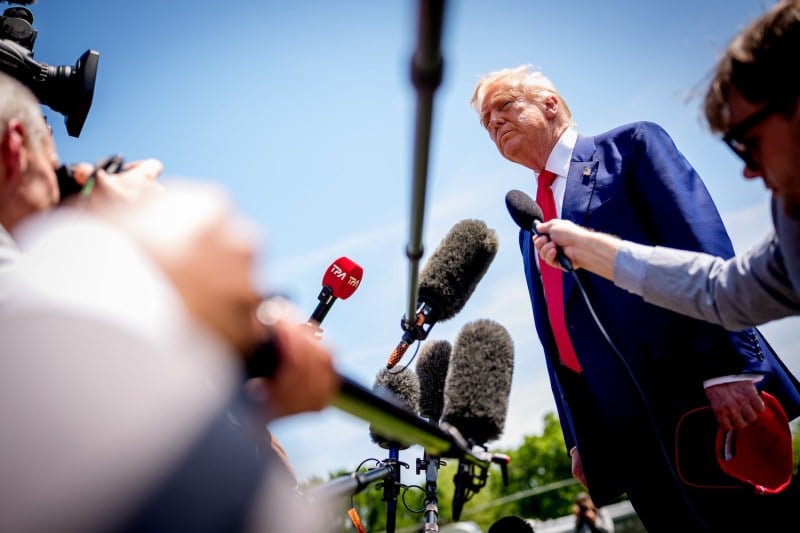
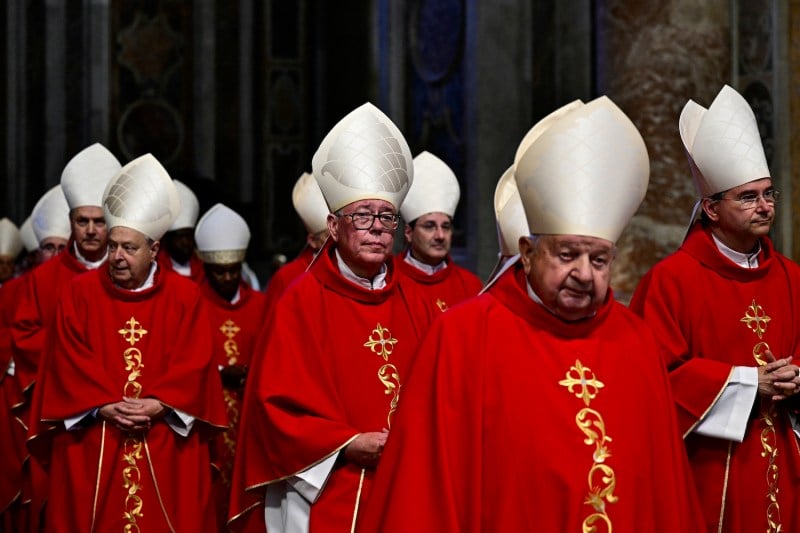
Join the Conversation
Commenting on this and other recent articles is just one benefit of a Foreign Policy subscription.
Already a subscriber?
.
Subscribe
Subscribe
View Comments
Join the Conversation
Join the conversation on this and other recent Foreign Policy articles when you subscribe now.
Subscribe
Subscribe
Not your account?
View Comments
Join the Conversation
Please follow our comment guidelines, stay on topic, and be civil, courteous, and respectful of others’ beliefs.
Change your username |
Log out
Change your username:
CANCEL
Confirm your username to get started.
The default username below has been generated using the first name and last initial on your FP subscriber account. Usernames may be updated at any time and must not contain inappropriate or offensive language.